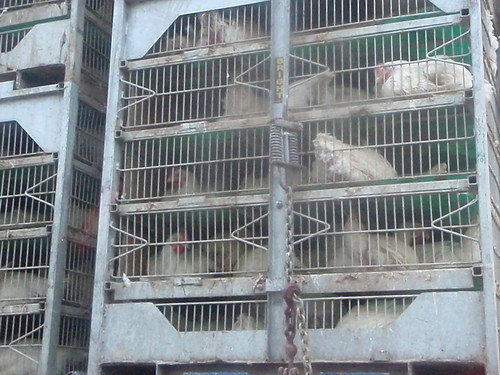 Gilles-Eric Séralini and colleagues surveyed the state
of research and found
GMOs Linked to Organ Disruption in 19 Studies,
as Jeffrey Smith reports for the Institute for Responsible Technology.
Gilles-Eric Séralini and colleagues surveyed the state
of research and found
GMOs Linked to Organ Disruption in 19 Studies,
as Jeffrey Smith reports for the Institute for Responsible Technology.
…consuming genetically modified (GM) corn or soybeans leads to significant organ disruptions in rats and mice, particularly in livers and kidneys. …9% of the measured parameters, including blood and urine biochemistry, organ weights, and microscopic analyses (histopathology), were significantly disrupted in the GM-fed animals. The kidneys of males fared the worst, with 43.5% of all the changes. The liver of females followed, with 30.8%. The report, published in Environmental Sciences Europe on March 1, 2011, confirms that “several convergent data appear to indicate liver and kidney problems as end points of GMO diet effects.” The authors point out that livers and kidneys “are the major reactive organs” in cases of chronic food toxicity.And these were the corn and soybeans that people eat.
Here’s the study.
Why didn’t we know about this long ago? Continue reading



 Some people didn’t like the source of a recent post about
the toxic effects of agrochemicals and GM plants on the environment,
plants, animals, and people.
There are plenty of other sources, including:
Some people didn’t like the source of a recent post about
the toxic effects of agrochemicals and GM plants on the environment,
plants, animals, and people.
There are plenty of other sources, including:






